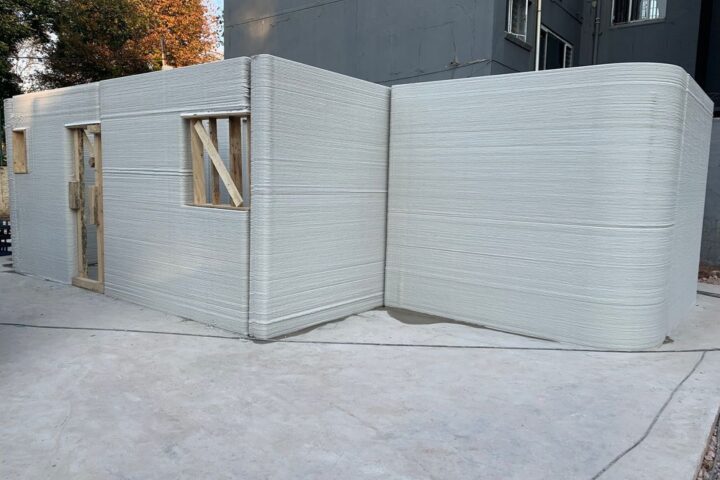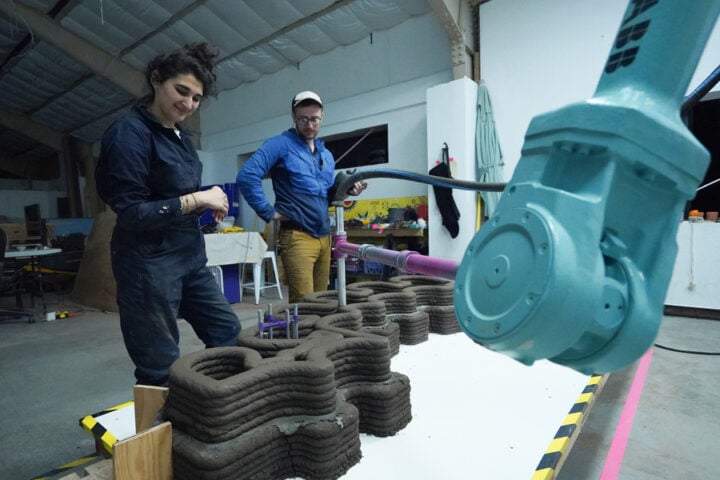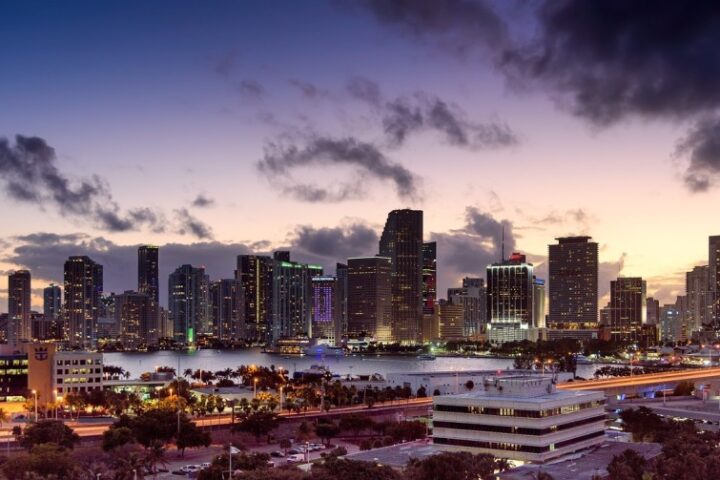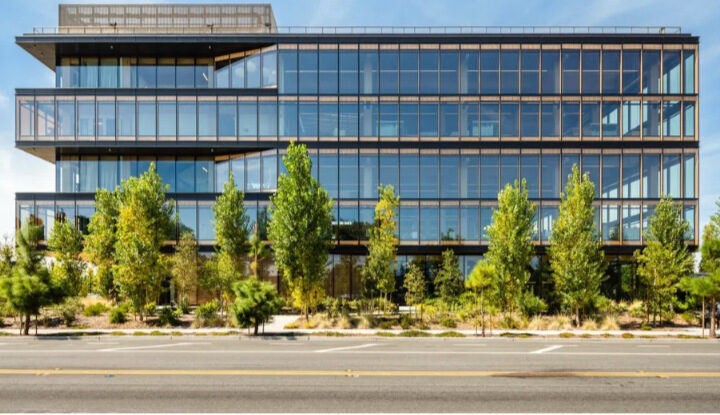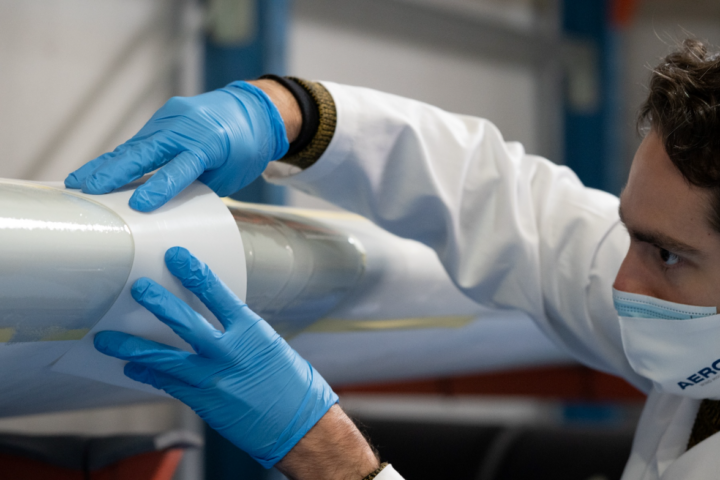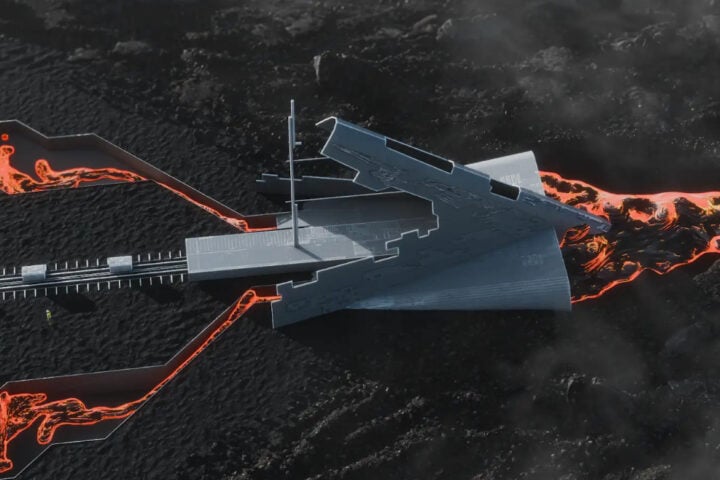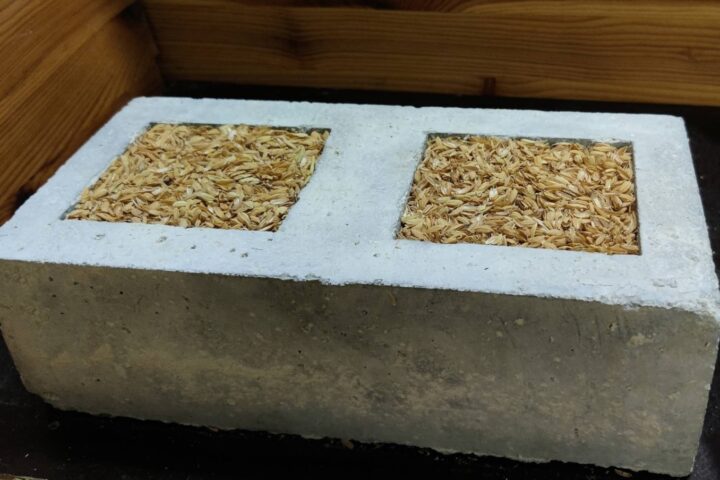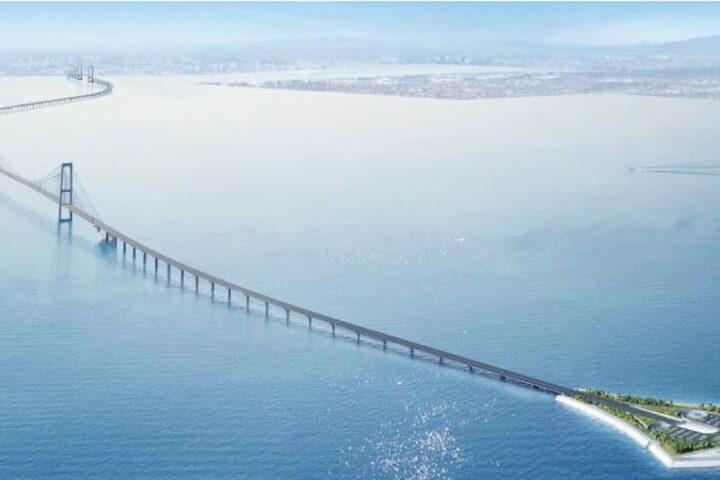In an ambitious bid to transform the centuries-old, creaky sewage system of London, Tideway, a private utility company, has been spearheading the construction of an enormous subterranean tunnel beneath the heart of the city. A 15.5-mile-long concrete pipe, this ‘Super Sewer’ might be a testament to the advancement of urban infrastructure development.
From Victorian Ingenuity to Modern-Day Challenge
London’s antiquated sewage system, a vestige of the Victorian era, was masterminded by the brilliant engineer, Joseph Bazalgette. Designed to serve a population of 4.5 million, this infrastructure now groans under the strain of over nine million Londoners, causing frequent discharge of raw sewage and rainwater into the River Thames. Andy Mitchell, CEO of Tideway, identifies the crux of the matter, “Now, because we’ve paved over so much, and the population is so much higher, it only takes a small amount of rain for the system to fill up.”
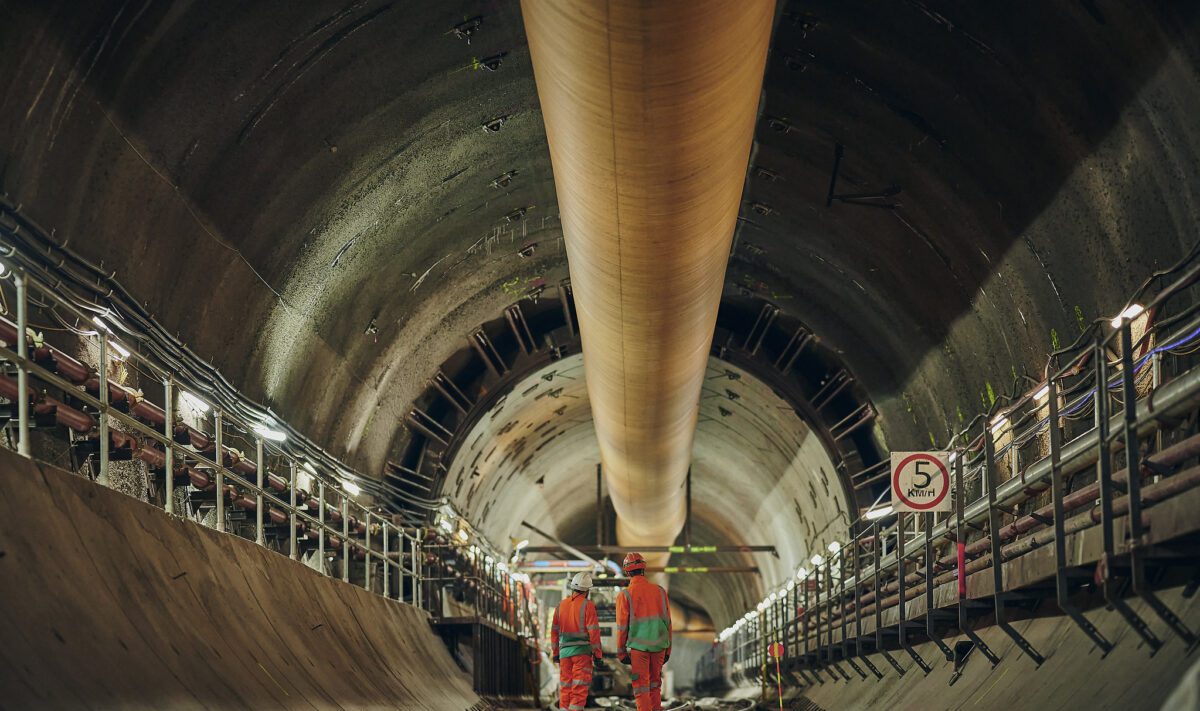
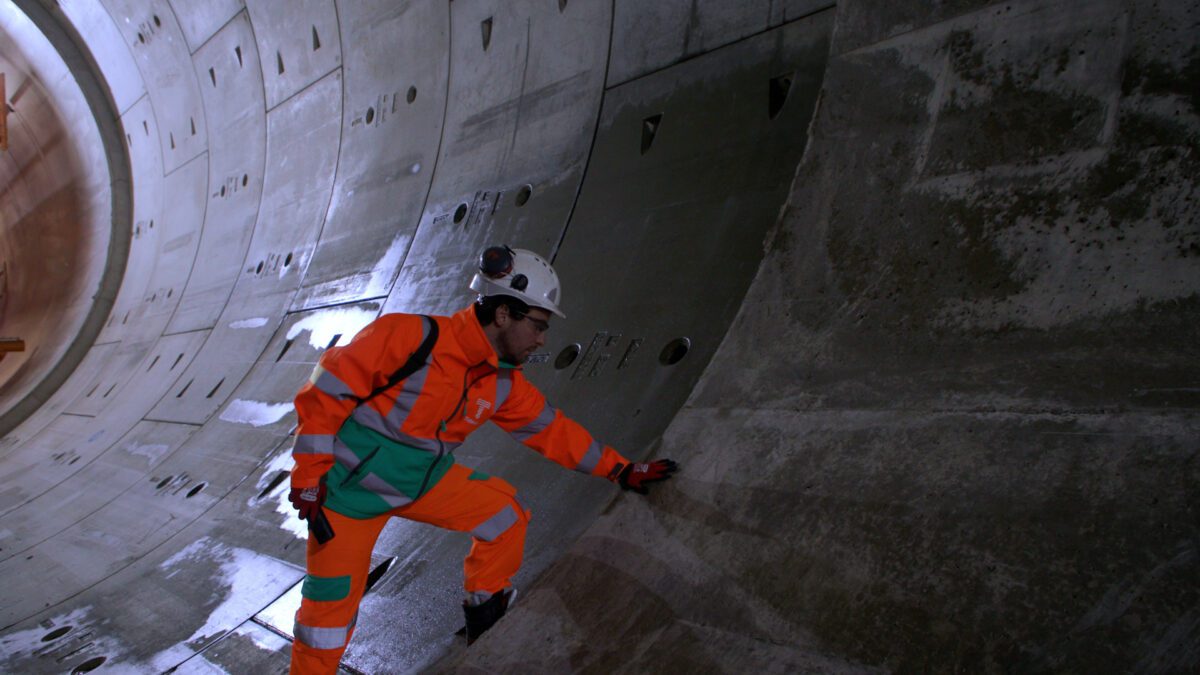
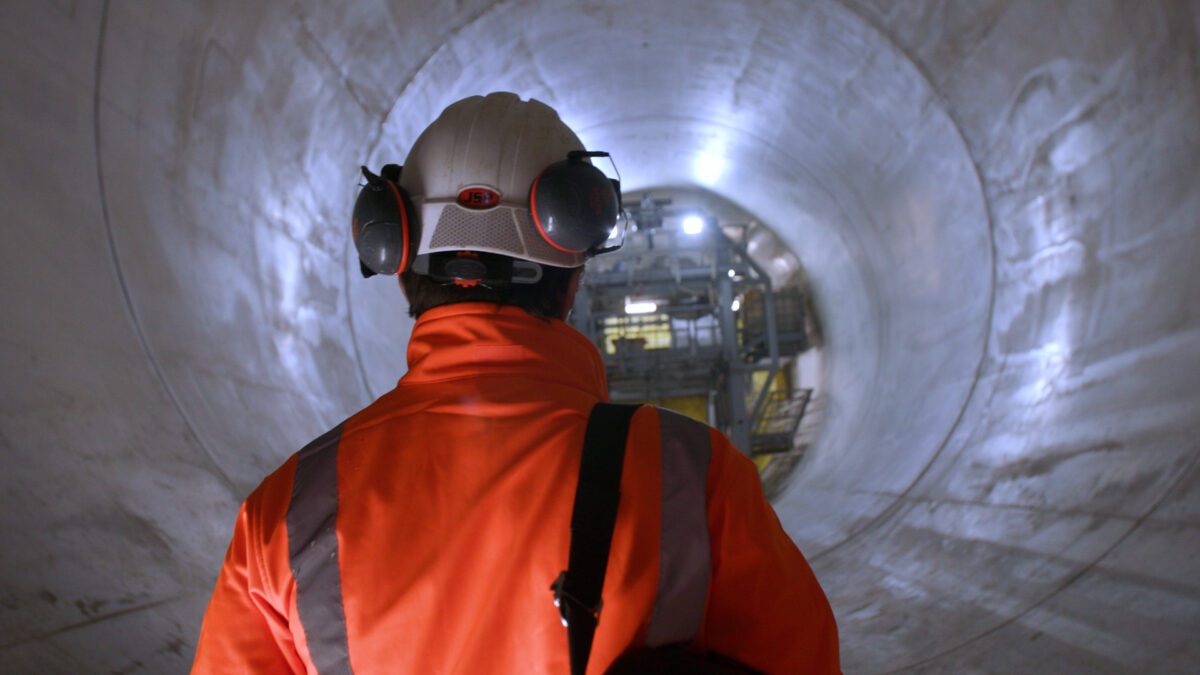
The Grand Design of the Super Sewer
Eclipsing Bazalgette’s sewer, the Super Sewer is an engineering marvel. Descending gently from west to east, the colossal tunnel, with a diameter of 7.2 metres, has been designed to harness gravity to facilitate the eastward flow of sewage. Says Mitchell, “This is one of the most photogenic pieces of tunnel I’ve ever built.” His statement underscores the fusion of aesthetics and practicality embedded in the engineering design. The tunnel’s eventual destination is Beckton Sewage Treatment Works, where the sewage will be treated and cleaned, reducing the current annual spillover of 44 million tonnes of sewage into the Thames by an impressive 95%.
Similar Post
The Costs and Consequences
Such a colossal endeavor comes with its own set of challenges. The project’s total cost stands at a whopping £4.5 billion, raising eyebrows over the high salaries drawn by the company’s executives. In addition, questions remain about the occasional discharges that will still occur during heavy rainfall.
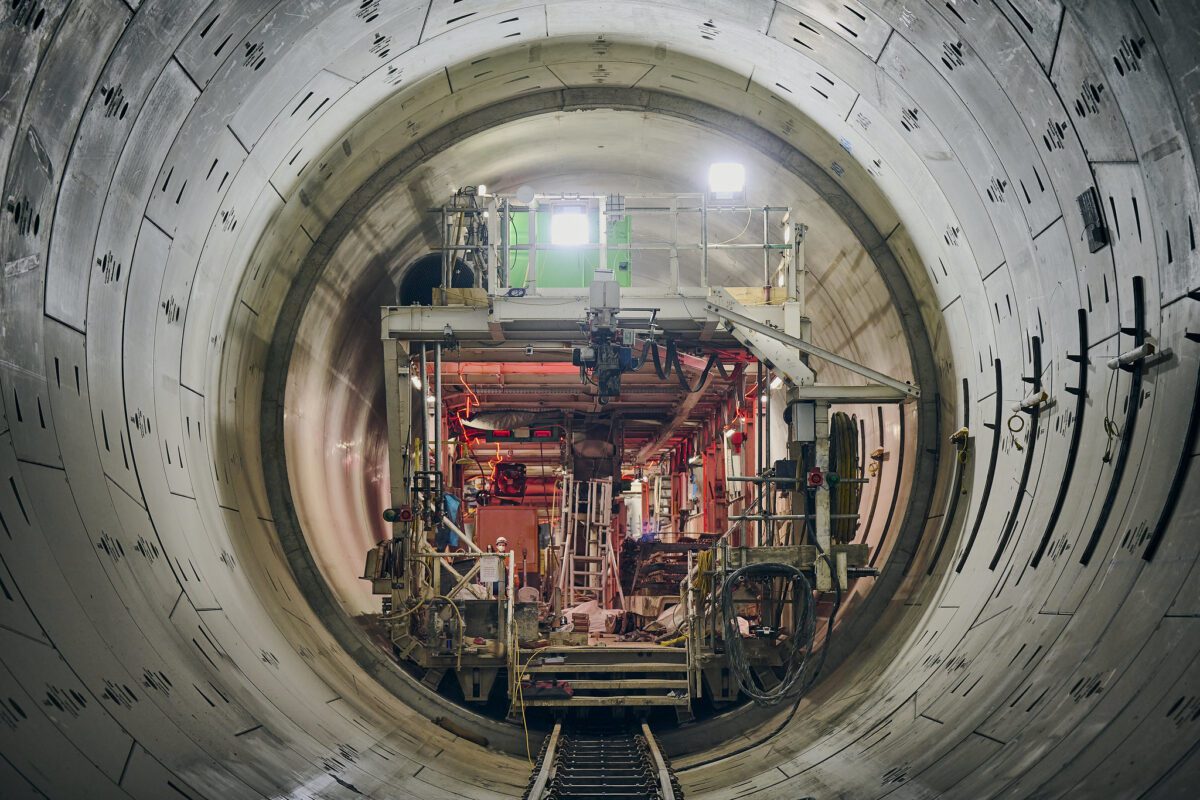
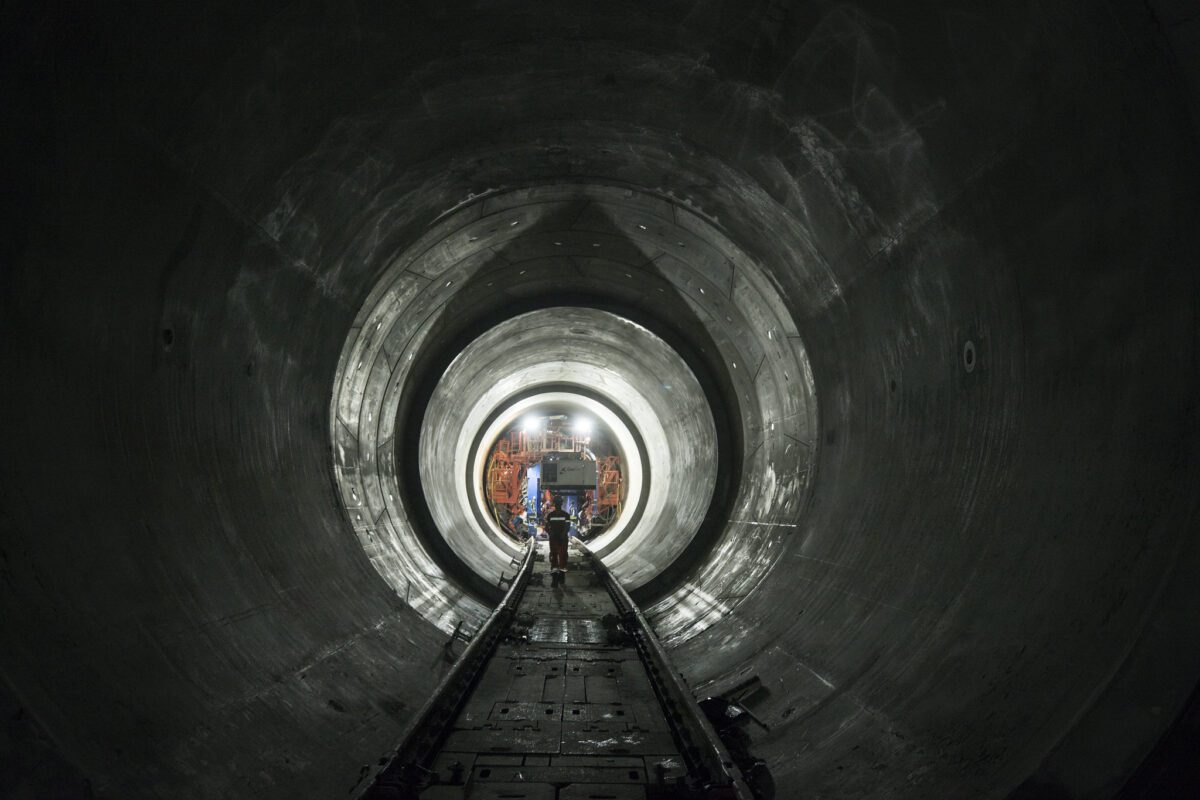
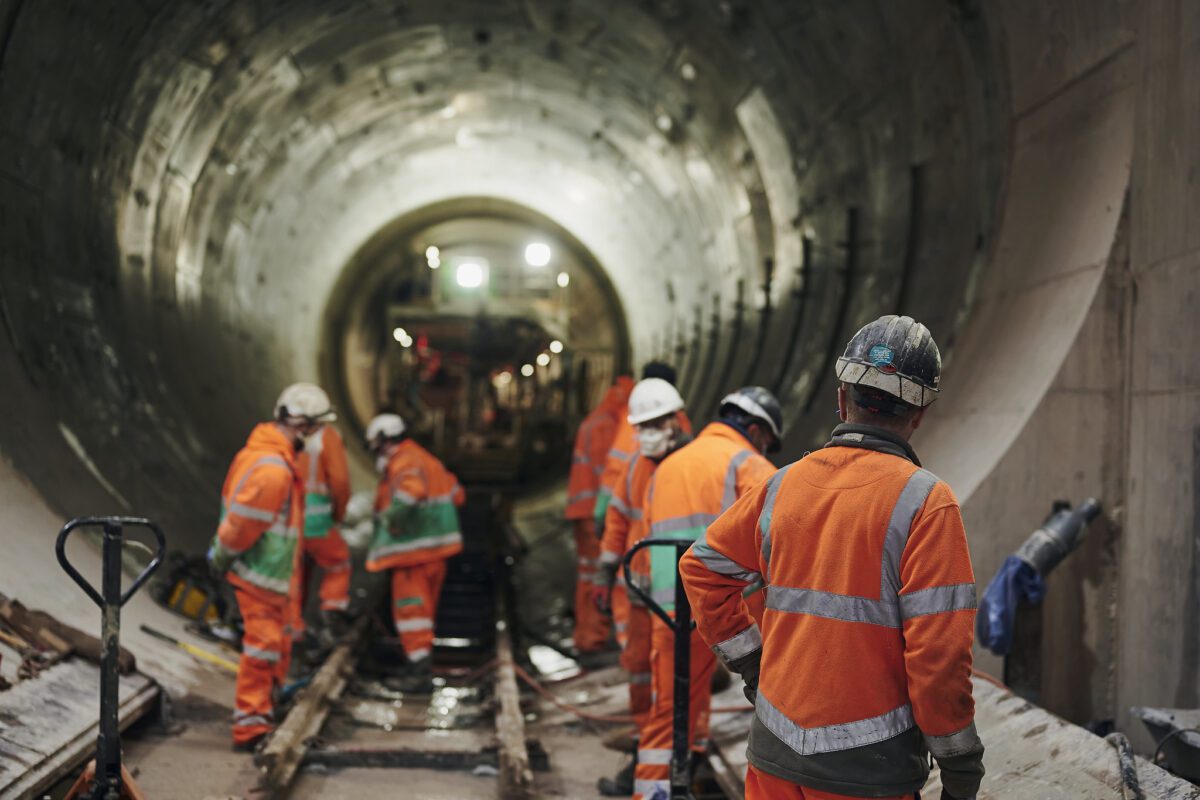
Future Prospects: Clean Thames and Beyond
Notwithstanding the issues, the Super Sewer promises a cleaner Thames and paves the way for further ecological interventions. Deborah Leach, CEO of Thames21, a leading environmental group, emphasizes, “A hard engineering solution doesn’t come naturally to an environmental charity, but it’s simply the practical solution that needs to be built.” Leach’s comment sheds light on the ongoing conversation surrounding the necessity of adopting nature-based solutions, like additional wetlands and rain gardens, alongside these hard engineering approaches.
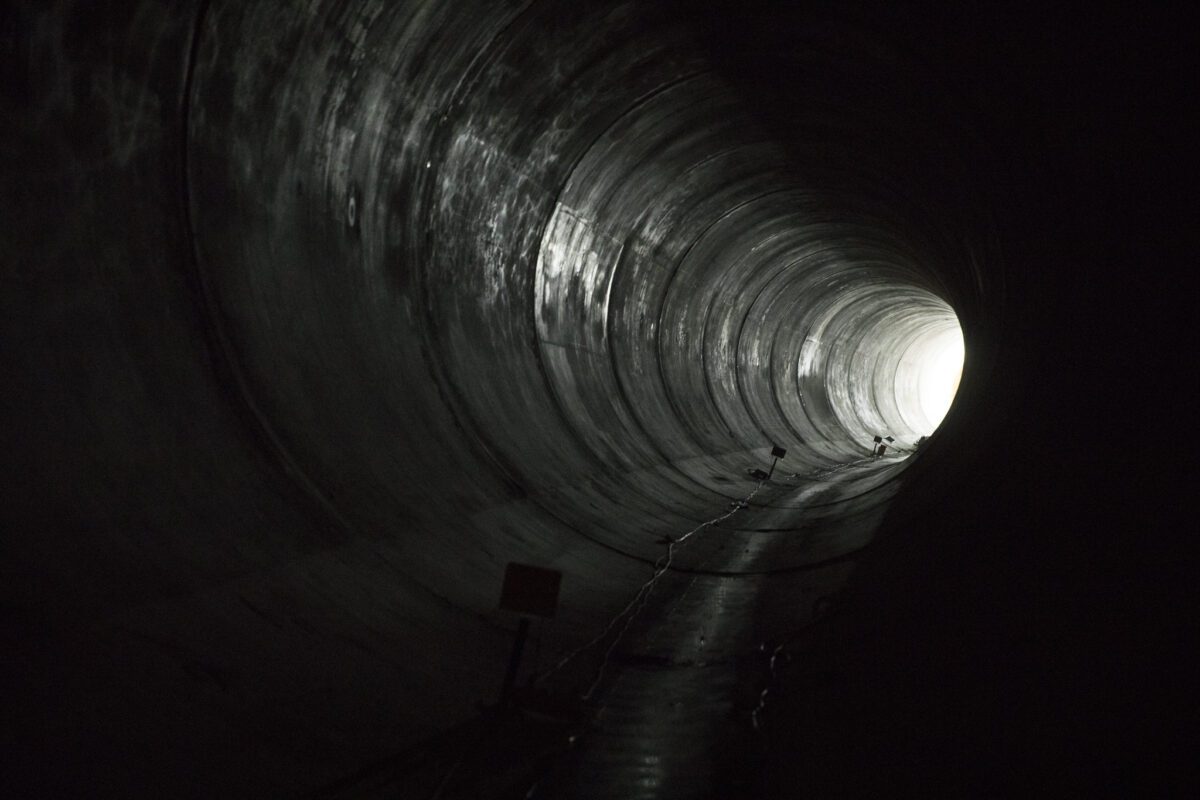
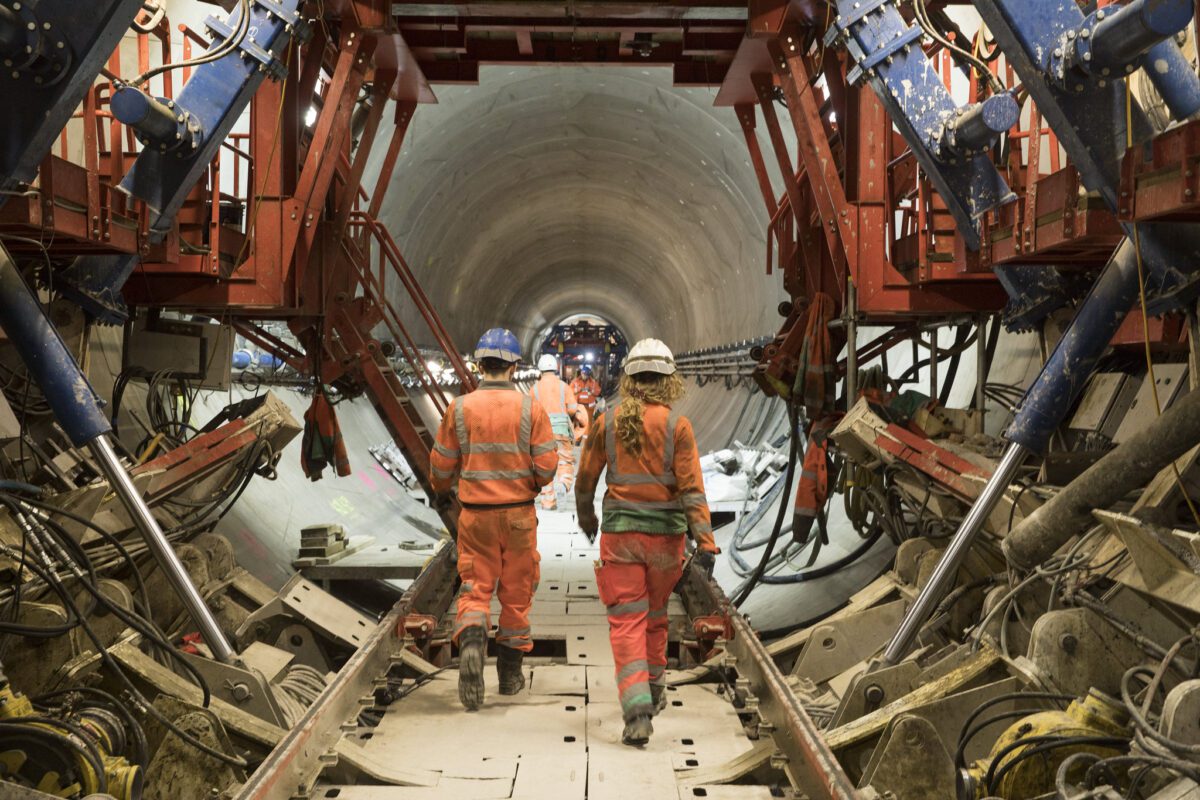
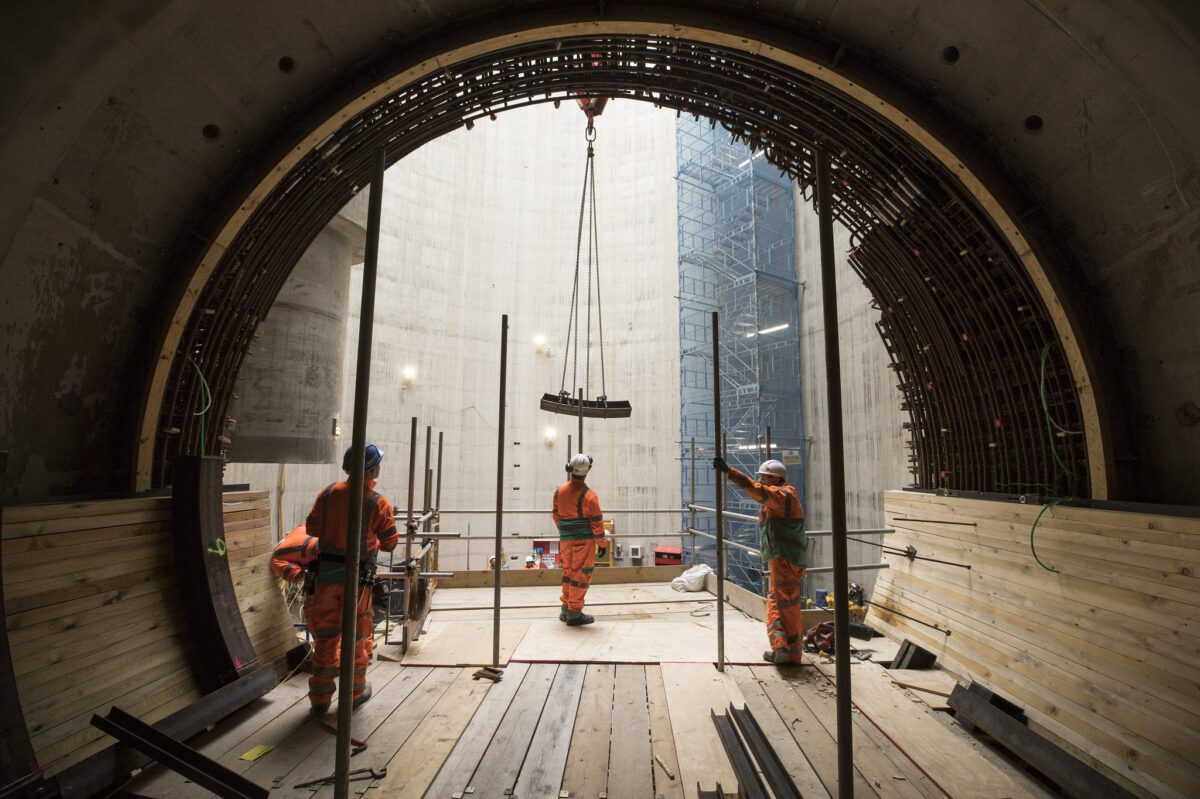
Envisioning a Sustainable Future
As the world grapples with burgeoning populations and environmental degradation, London’s Super Sewer project is a vital reminder of the role advanced infrastructure development can play in addressing these complex challenges. The seamless integration of Victorian-era sewage systems with 21st-century technology to serve the evolving needs of London’s population is a powerful testament to the potential of human ingenuity. While the Super Sewer project remains a critical case study for cities worldwide, it’s crucial to ask: are we doing enough to explore and implement similar large-scale, eco-conscious solutions to mitigate the impact of urbanization on our environment? With the project set to be fully operational by 2025, the world will be watching, hoping to draw lessons from this audacious attempt at reimagining urban waste management.



